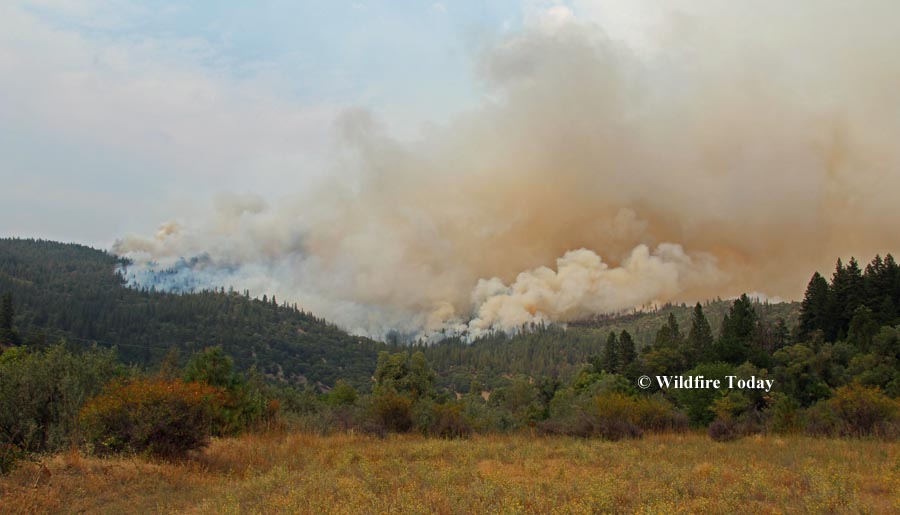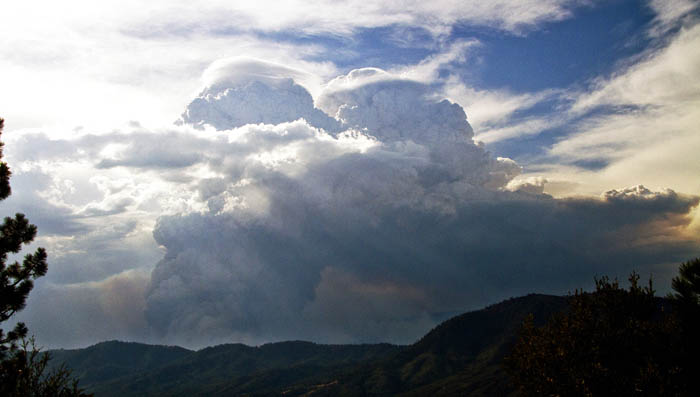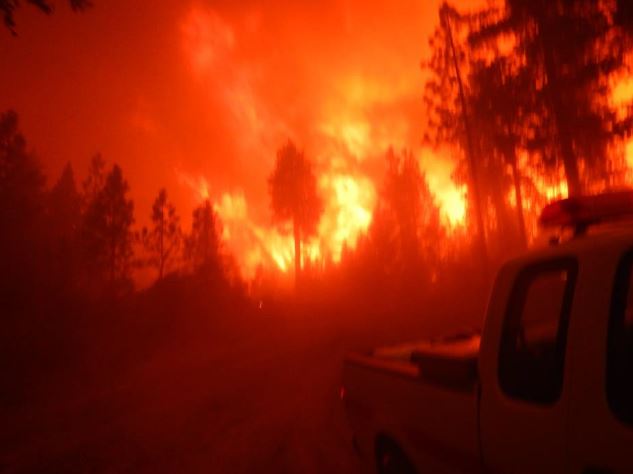
The Wildland fire Lessons Learned Center has published a facilitated learning analysis for an entrapment and fire shelter deployment that occurred on the Upper Lyons prescribed fire last October in Redwood National Park in northern California.
Below is the one-page summary of the 27-page document, which can be read in full HERE (1.3MB).
****
“Number and type of injuries
One individual with second degree burns to the left hand and first degree burns to the right hand and face.
Narrative Summary
On October 13, 2014, firefighters were conducting a prescribed fire in the Bald Hills Area of Redwood National Park.
Crews were burning off of a handline when a combination of factors aligned to cause several spot fires in heavy fuels outside the unit. These spot fires burned together to form multiple slopovers.
A decision was made to suspend ignition until an assessment of the slopovers could be completed. At approximately that same time, a firefighter who was hiking up the fireline became entrapped due to intense heat and dense smoke. As a result, this firefighter deployed their fire shelter on the handline.
The firefighter was quickly located and escorted a short distance out of the smoke and heat. The firefighter, immediately assessed by an onsite paramedic, was able to walk—with some assistance by others—to an area where a vehicle was waiting to transport them to a landing zone.
The firefighter, accompanied by a flight nurse, was airlifted to Shasta Regional Hospital for treatment. The firefighter was released a short time later and referred to the University of California Davis Burn Center for follow-up the next day.
The diagnosis from the specialist at the burn center was second degree burns to the left hand and first degree burns to the right hand and face. Over the next several weeks, the firefighter received follow-up treatment at the burn center.
Significant Note
During the Facilitated Learning Analysis (FLA) process, the firefighter continued to emphasize the profound role that previous fire shelter training played in the successful deployment of the firefighter’s shelter during this event.”




